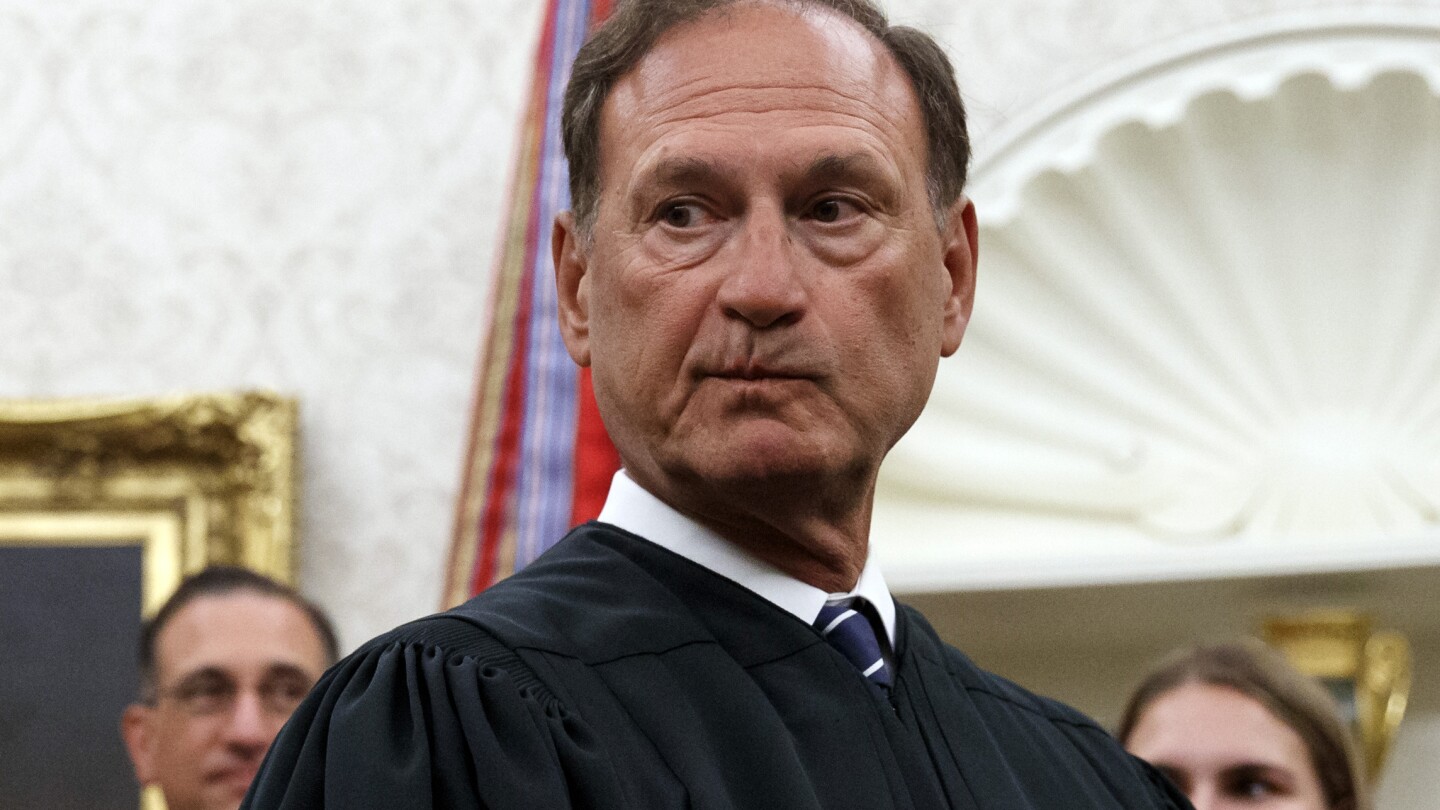Nine days after The New York Times reported about the political symbolism of an upside-down American flag that flew at U.S. Supreme Court Justice Samuel Alito’s home, the Washington Post acknowledged it had the same story more than three years ago and decided not to publish it.
The Post’s story was both an extraordinary example of journalistic introspection and an illustration of how coverage of the Supreme Court has changed since the incident itself, shortly after the Jan. 6, 2021, Capitol insurrection.
That day, some of the demonstrators who marched in support of former President Donald Trump carried the upside-down flag. Both newspapers reported that the same symbol was displayed outside of Alito’s home in Fairfax County, Virginia, before President Joe Biden’s inauguration.
Alito has said that his wife, Martha-Ann Alito, raised the flag as part of a dispute with neighbors who had placed “personally insulting” yard signs directed at them. Judges traditionally avoid partisan symbols to maintain the appearance of neutrality in political disputes that may come before them.
For journalists, it raises a question: Should a public official’s family be held to the same standards as that official themselves?



That’s not how this type of influence is exerted. It’s done by putting people in charge who will run it in a way that will keep their boss happy, which then leads to them hiring people who will keep their boss happy, and so on and so forth.
Editorial discretion, self-censorship, or pink slips, that message is going to do one thing: not rock the billionaire’s boat.